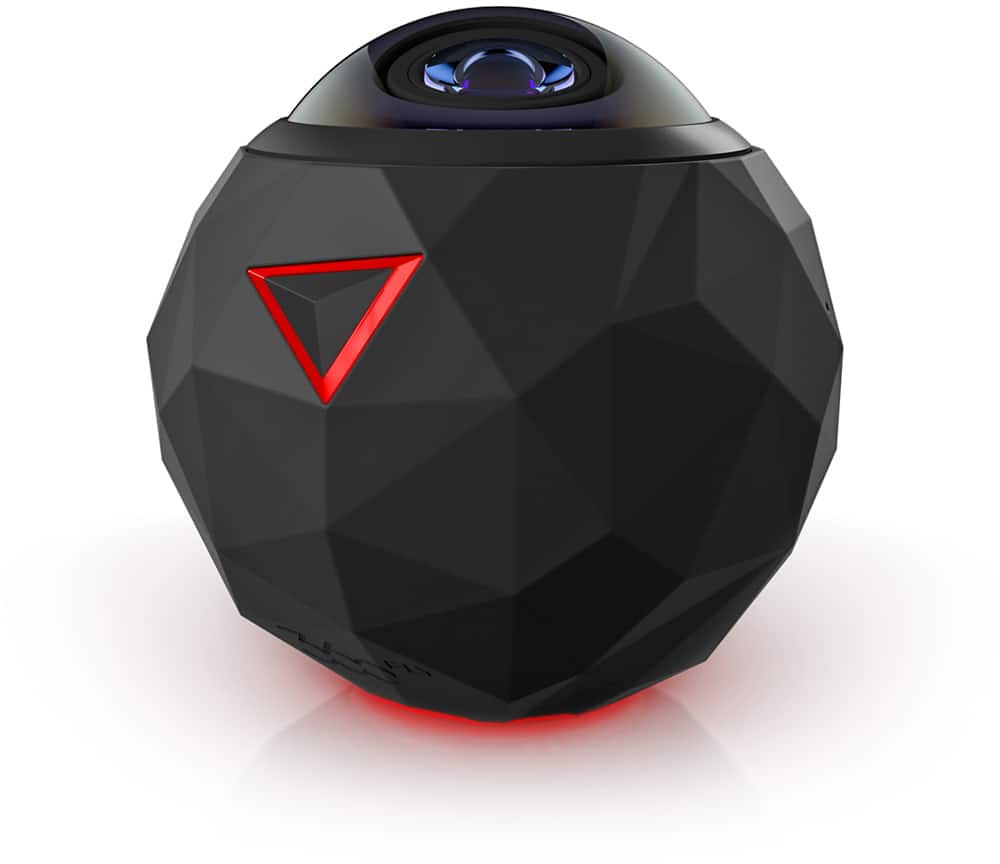There is a great deal of confusion about VR camera features and specifications not only on the part of the public, but also among many folks involved in content creation. The fact that various companies are creating a lot of options is good. At the same time it may be helpful to remember that VR is in its infancy. Think of the early days of film… There are many parallels.

In the earliest days of film there were no standards. Various creators initially all used different film formats and frame rates. Then Thomas Edison and George Eastman (Eastman Kodak Company) met and agreed on 35mm as the width for motion picture film.
35mm became a standard for motion pictures. Once this happened, commercial film production and distribution were able to flourish.
VR is in that early “Wild west” stage with no real standards.
I will separate VR cameras into two main categories:
Consumer and Professional.
Here are a few examples of consumer VR cameras:



These cameras usually have one or two lenses and often claim 4K resolution. Also almost all consumer VR cameras are 2D as they do not capture depth information. Unfortunately, they are not good enough for most profession applications.
One spec that is causes confusion is “4K resolution”. 4K is terrific on a movie screen or large screen TV where the image is confined to about 30 degrees horizontally. Once you spread that 4K image over a 360 degree sphere, 4k looks worse than the old SD TV standard from the early days of television.
Now lets take a look at some of the current or upcoming “Professional” VR cameras:
Most of the professional VR cameras capture 3D,
as well as a 360 degree sphere.



These examples are a few of the best current VR cameras. Of the three shown here, the most advanced in my opinion is the Lytro Immerge.
The reason is that it captures light in a new way:
I have just scratched the surface on this subject. There are new VR cameras announce every few days. Please visit VR360filmmaker often as we monitor progress in this fascinating subject.
